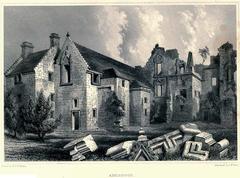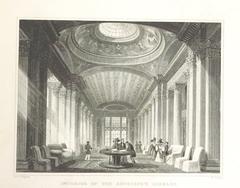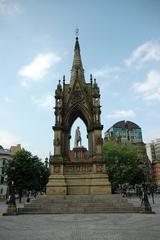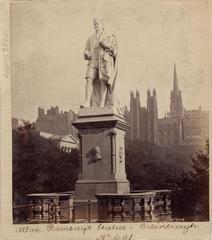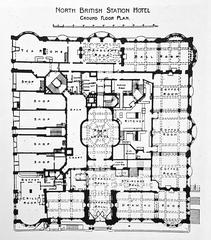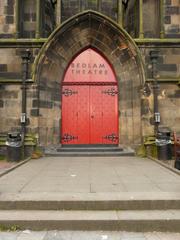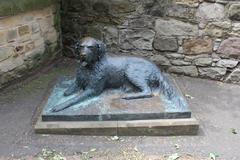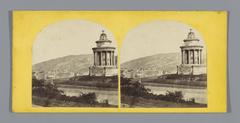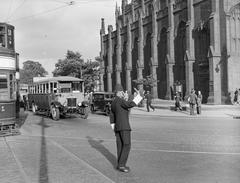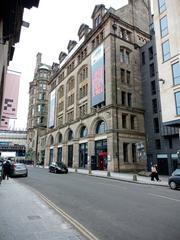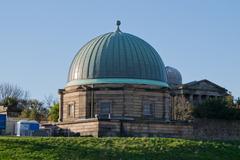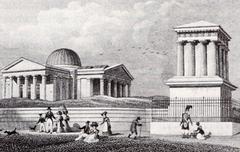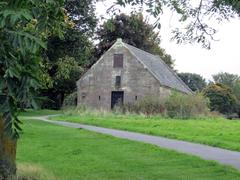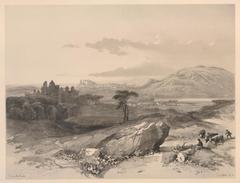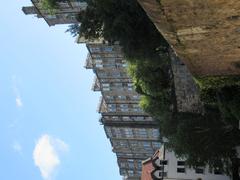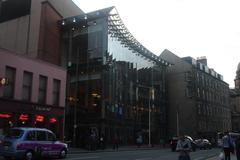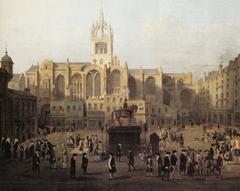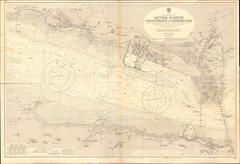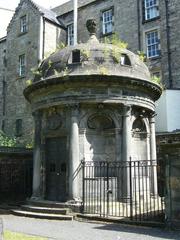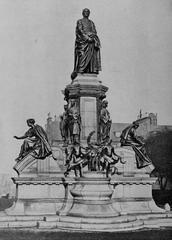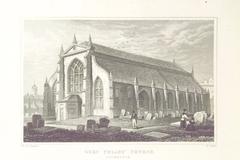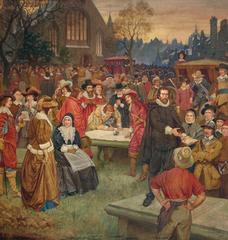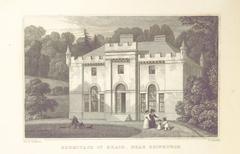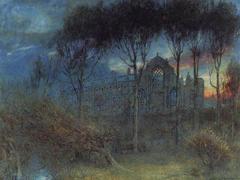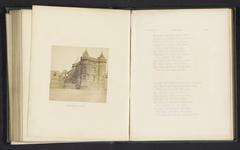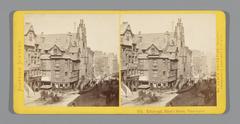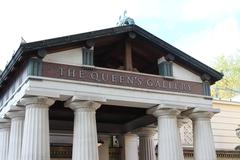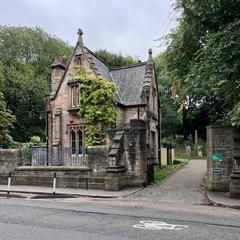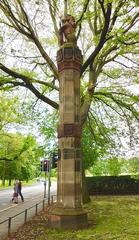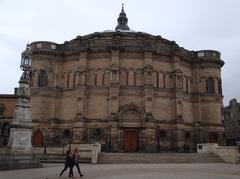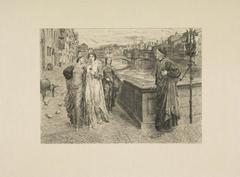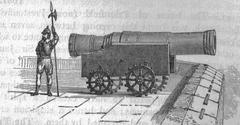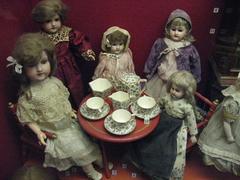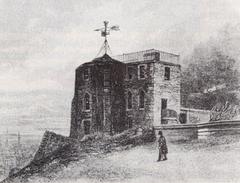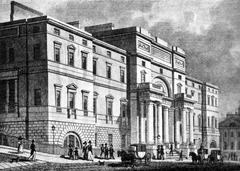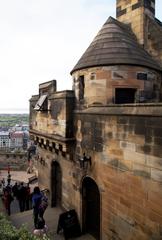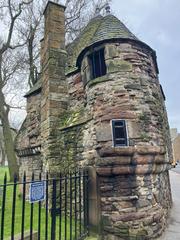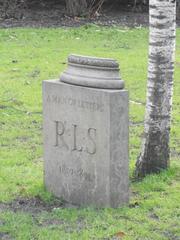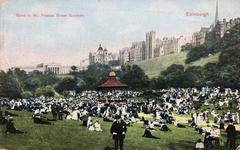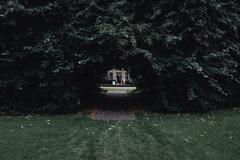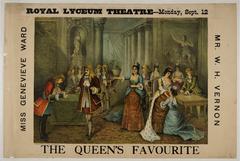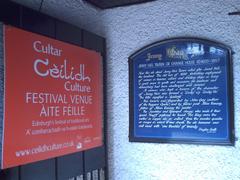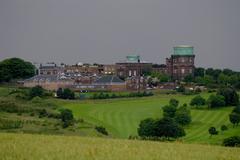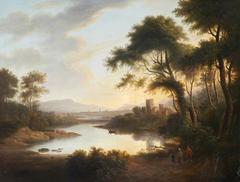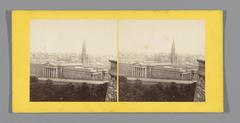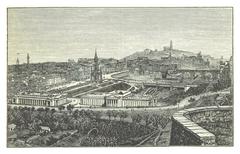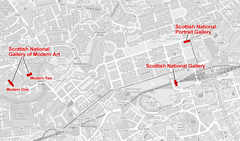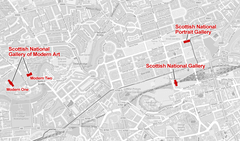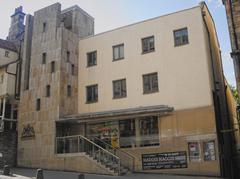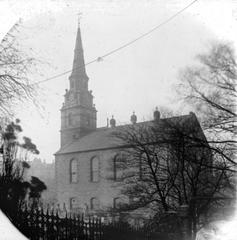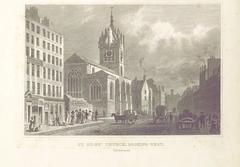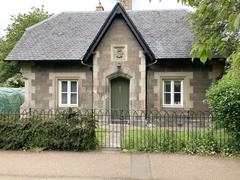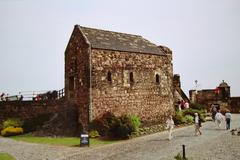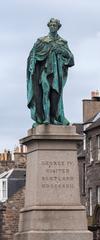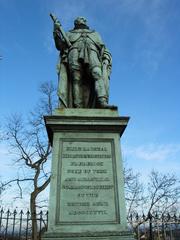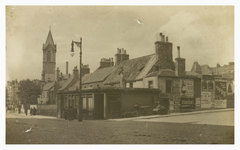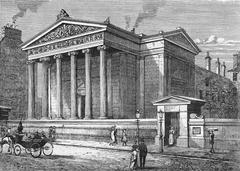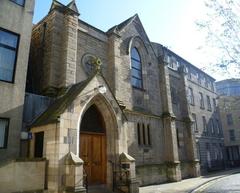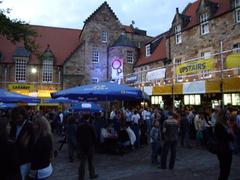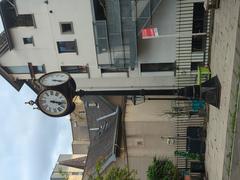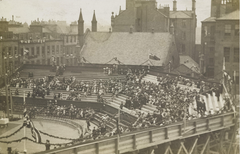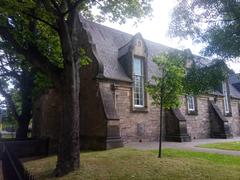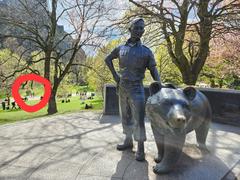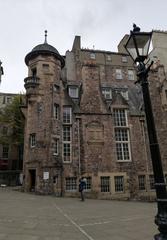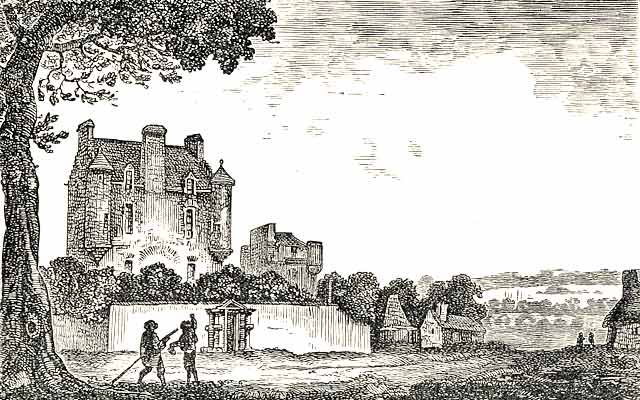
Visiting Hours and Tickets for Lauriston Castle Gardens, Edinburgh
Date: 19/07/2024
Introduction
Lauriston Castle Gardens, nestled in the picturesque city of Edinburgh, Scotland, stand as a testament to centuries of horticultural and architectural evolution. The gardens, part of the Lauriston Castle estate, offer a unique blend of history, culture, and natural beauty that attracts visitors from around the globe. Originally constructed in 1593 by Sir Archibald Napier, the estate has undergone several transformations, with significant contributions from notable figures such as Thomas Allan and William Robert Reid. The introduction of the Kyoto Garden by Japanese designer Taki Handa in 1910 adds an international dimension to its charm. Managed by the City of Edinburgh Council, the gardens are meticulously preserved, providing a serene and educational environment for visitors. This guide aims to explore the rich history, visitor information, and the various features that make Lauriston Castle Gardens a must-visit destination in Edinburgh. (City of Edinburgh Council, Edinburgh Museums, Historic Environment Scotland).
Table of Contents
- Introduction
- Early Beginnings and Ownership
- 19th Century Developments
- The Reid Era and Japanese Influence
- 20th Century to Present
- Architectural and Horticultural Significance
- Visitor Information
- Nearby Attractions
- Accessibility
- Cultural and Educational Role
- Preservation and Future Plans
- FAQ
- Conclusion
Early Beginnings and Ownership
Lauriston Castle, located in Edinburgh, Scotland, has a rich history dating back to the 16th century. The original tower house was constructed around 1593 by Sir Archibald Napier, the 7th Laird of Merchiston, who was the father of John Napier, the famous mathematician known for inventing logarithms. The castle’s gardens, however, began to take shape much later, evolving significantly over the centuries.
19th Century Developments
The most significant transformation of Lauriston Castle Gardens occurred in the 19th century. In 1827, the castle was purchased by Thomas Allan, a prominent banker and mineralogist. Allan commissioned the renowned architect William Burn to remodel the castle in the Scottish Baronial style, which included the addition of a new wing. During this period, the gardens were also expanded and redesigned to complement the new architectural style of the castle.
The Reid Era and Japanese Influence
The most notable period in the history of Lauriston Castle Gardens began in 1902 when the estate was acquired by William Robert Reid, a wealthy Edinburgh-based businessman, and his wife, Margaret. The Reids were passionate about gardening and were instrumental in shaping the gardens into what they are today.
In 1910, the Reids commissioned the famous Japanese garden designer, Taki Handa, to create a Japanese garden within the grounds. This garden, known as the “Kyoto Garden,” is one of the earliest and most authentic Japanese gardens in the United Kingdom. It features traditional elements such as stone lanterns, water features, and carefully pruned trees and shrubs, reflecting the Reids’ appreciation for Japanese culture and aesthetics. (Edinburgh Museums)
20th Century to Present
After the death of William Reid in 1919 and Margaret Reid in 1926, Lauriston Castle and its gardens were bequeathed to the nation. The City of Edinburgh Council took over the management of the estate, ensuring its preservation and public accessibility. The gardens have since been maintained and enhanced, with efforts to preserve their historical integrity while also introducing new plantings and features.
In recent years, the gardens have undergone several restoration projects to maintain their historical features and improve visitor experience. These projects have included the restoration of the Kyoto Garden, the refurbishment of pathways, and the introduction of new interpretive signage to educate visitors about the history and significance of the gardens. (Historic Environment Scotland)
Architectural and Horticultural Significance
Lauriston Castle Gardens are a prime example of early 20th-century garden design, blending traditional Scottish elements with international influences. The gardens are laid out in a series of distinct areas, each with its own character and planting scheme. Key features include:
- The Italian Garden: Designed in the formal Italianate style, this garden features symmetrical beds, clipped hedges, and classical statuary.
- The Edwardian Garden: Reflecting the tastes of the early 20th century, this garden includes herbaceous borders, rose beds, and a variety of ornamental trees and shrubs.
- The Woodland Garden: A more naturalistic area, the Woodland Garden is home to a diverse collection of trees and underplanting, providing a tranquil retreat for visitors.
The gardens also contain several notable specimen trees, including ancient yews, cedars, and a variety of exotic species introduced during the Victorian and Edwardian periods. These trees not only add to the aesthetic appeal of the gardens but also provide valuable habitats for wildlife. (Royal Botanic Garden Edinburgh)
Visitor Information
Visiting Hours
Lauriston Castle Gardens are open daily from 9:00 AM to 5:00 PM. However, hours may vary seasonally, so it is advisable to check the official website before planning your visit. (City of Edinburgh Council)
Tickets
Admission to the gardens is free, but guided tours of the castle and gardens are available for a fee. Tickets can be purchased online or at the visitor center.
Travel Tips
Lauriston Castle Gardens are easily accessible by public transport, with several bus routes stopping nearby. For those driving, there is ample parking available on-site. It is recommended to wear comfortable walking shoes, as there is a lot to explore.
Nearby Attractions
While in the area, consider visiting other nearby attractions such as the Royal Botanic Garden Edinburgh, Edinburgh Castle, and the Museum of Edinburgh. These sites offer additional insights into the rich history and culture of the city.
Accessibility
The gardens are wheelchair accessible, with paved pathways and ramps available. Accessible restrooms are also provided on-site, ensuring that all visitors can enjoy their experience.
Cultural and Educational Role
Lauriston Castle Gardens play an important cultural and educational role in the community. The gardens host a variety of events and activities throughout the year, including guided tours, horticultural workshops, and cultural festivals. These events provide opportunities for visitors to learn about the history and horticulture of the gardens, as well as to engage with the natural environment.
The gardens are also used as an outdoor classroom for local schools and educational institutions. Students can explore the diverse plant collections, study the historical features of the gardens, and participate in hands-on gardening activities. This educational use of the gardens helps to foster a greater appreciation for nature and history among young people. (Edinburgh Living Landscape)
Preservation and Future Plans
The preservation of Lauriston Castle Gardens is a priority for the City of Edinburgh Council and various heritage organizations. Ongoing maintenance and restoration work ensure that the gardens remain a vibrant and historically significant part of Edinburgh’s cultural landscape.
Future plans for the gardens include the continued restoration of historical features, the introduction of new plantings to enhance biodiversity, and the development of new educational and interpretive programs. These efforts aim to ensure that Lauriston Castle Gardens remain a cherished and accessible resource for future generations. (City of Edinburgh Council)
FAQ
What are the visiting hours for Lauriston Castle Gardens? Lauriston Castle Gardens are open daily from 9:00 AM to 5:00 PM, but hours may vary seasonally.
How much does it cost to visit Lauriston Castle Gardens? Admission to the gardens is free, but guided tours are available for a fee.
Is Lauriston Castle Gardens accessible for wheelchairs? Yes, the gardens are wheelchair accessible with paved pathways and ramps.
What nearby attractions can I visit? Nearby attractions include the Royal Botanic Garden Edinburgh, Edinburgh Castle, and the Museum of Edinburgh.
Conclusion
Lauriston Castle Gardens are a testament to the rich history and cultural heritage of Edinburgh. From their early beginnings in the 16th century to their current status as a beloved public garden, the gardens have evolved and adapted over time, reflecting the changing tastes and influences of their owners and caretakers. Today, they continue to provide a beautiful and educational space for visitors to enjoy and appreciate. Stay updated on events and new additions by following our social media channels or downloading our mobile app. (City of Edinburgh Council)
References
- City of Edinburgh Council. Exploring Lauriston Castle Gardens - History, Visiting Hours, and Tickets. https://www.edinburgh.gov.uk/
- Edinburgh Museums. Lauriston Castle Gardens - Visiting Hours, Tickets, History, and More in Edinburgh. https://www.edinburghmuseums.org.uk/venue/lauriston-castle
- Historic Environment Scotland. Lauriston Castle. https://www.historicenvironment.scot/visit-a-place/places/lauriston-castle/
- Edinburgh Living Landscape. Lauriston Castle Gardens. https://edinburghlivinglandscape.org.uk/
- Royal Botanic Garden Edinburgh. Lauriston Castle Gardens. https://www.rbge.org.uk/

